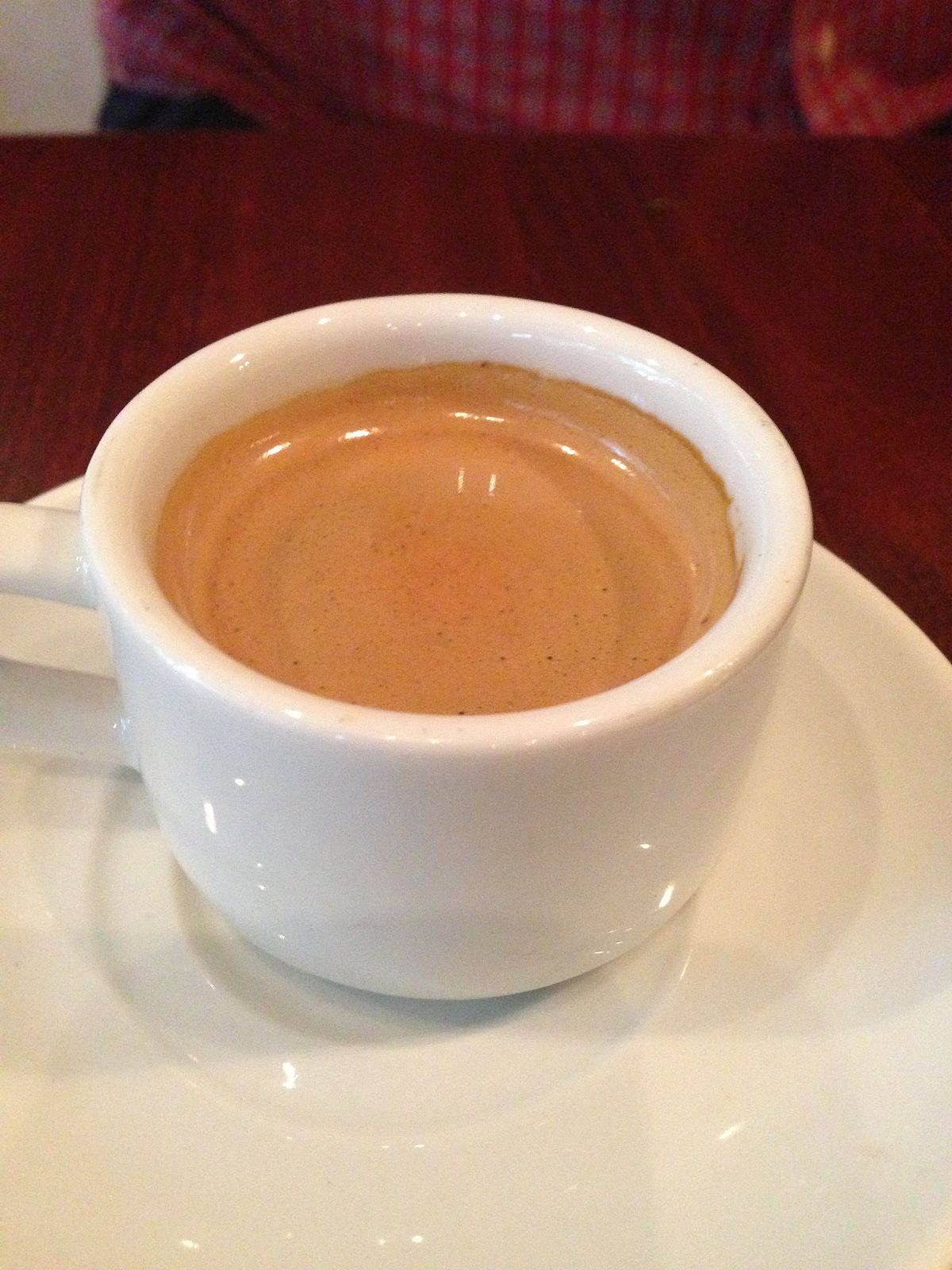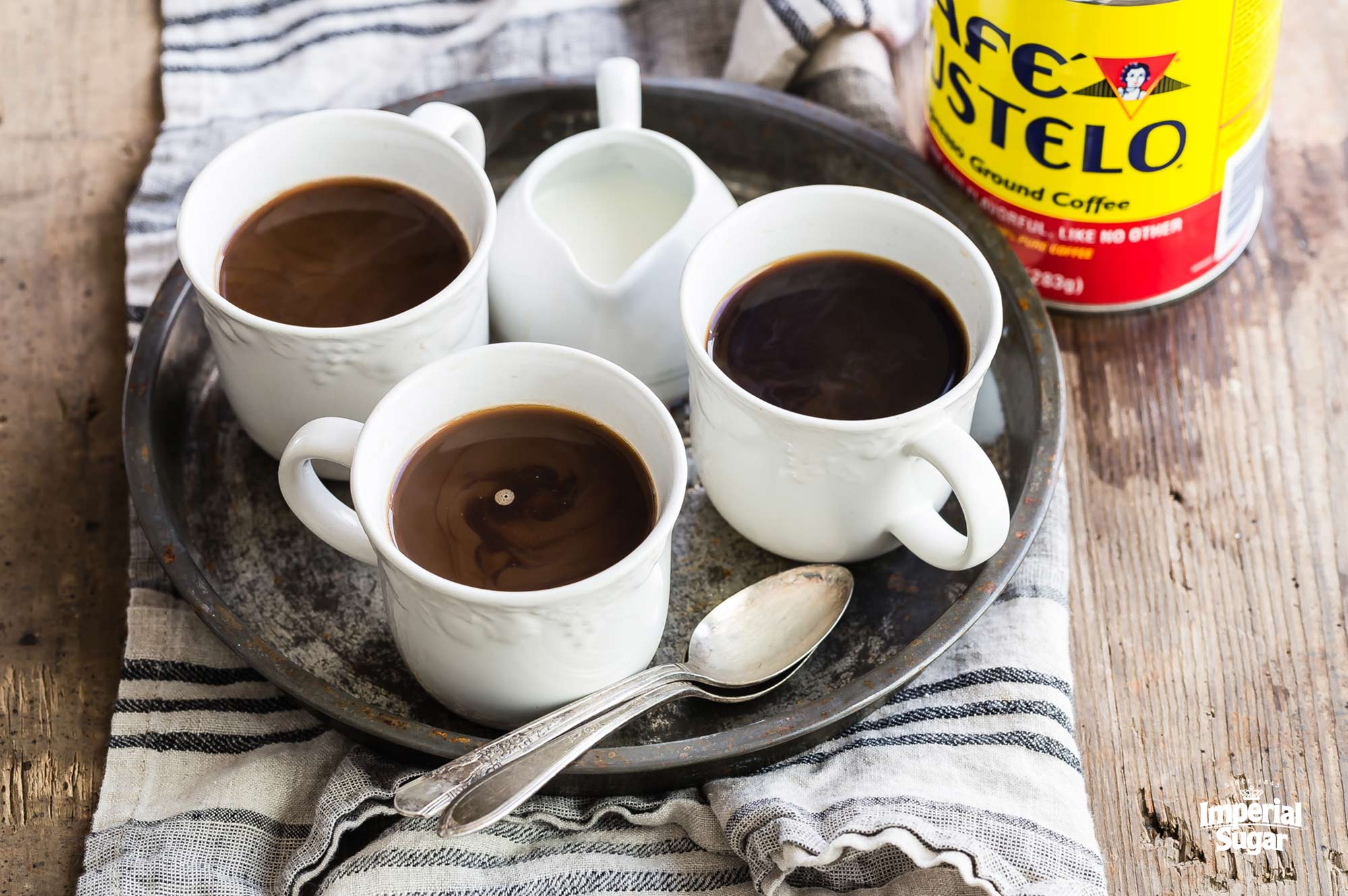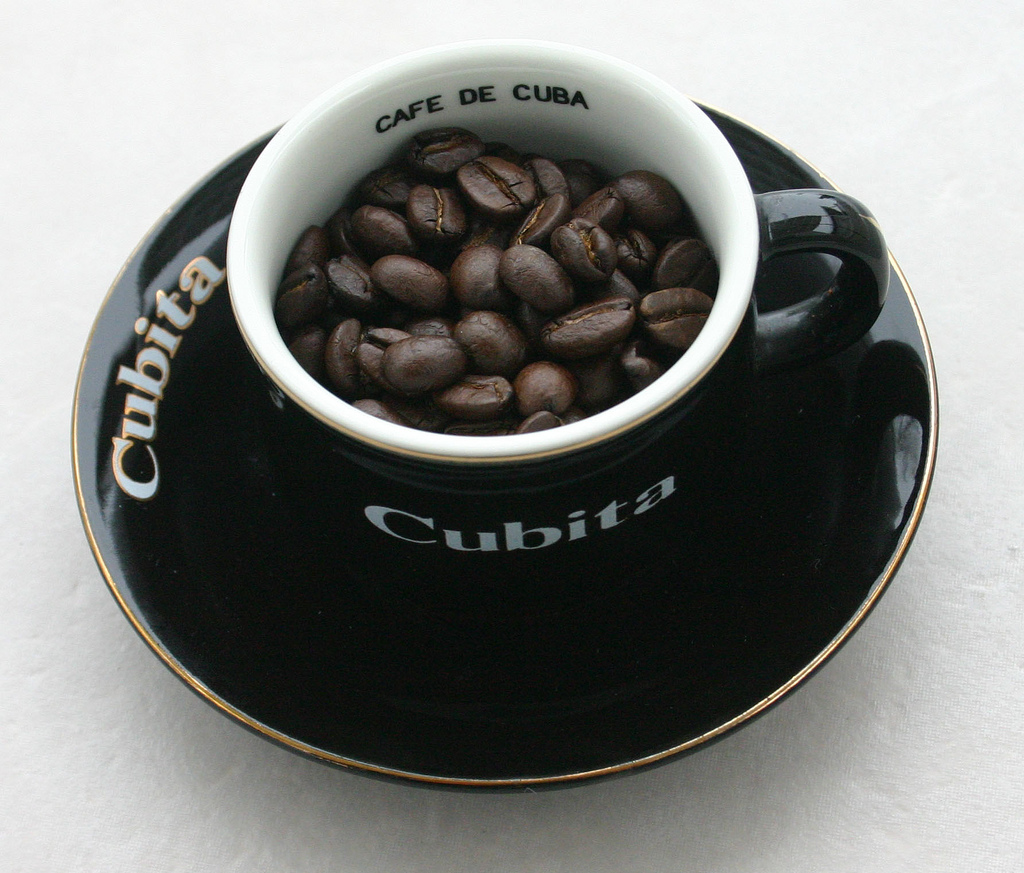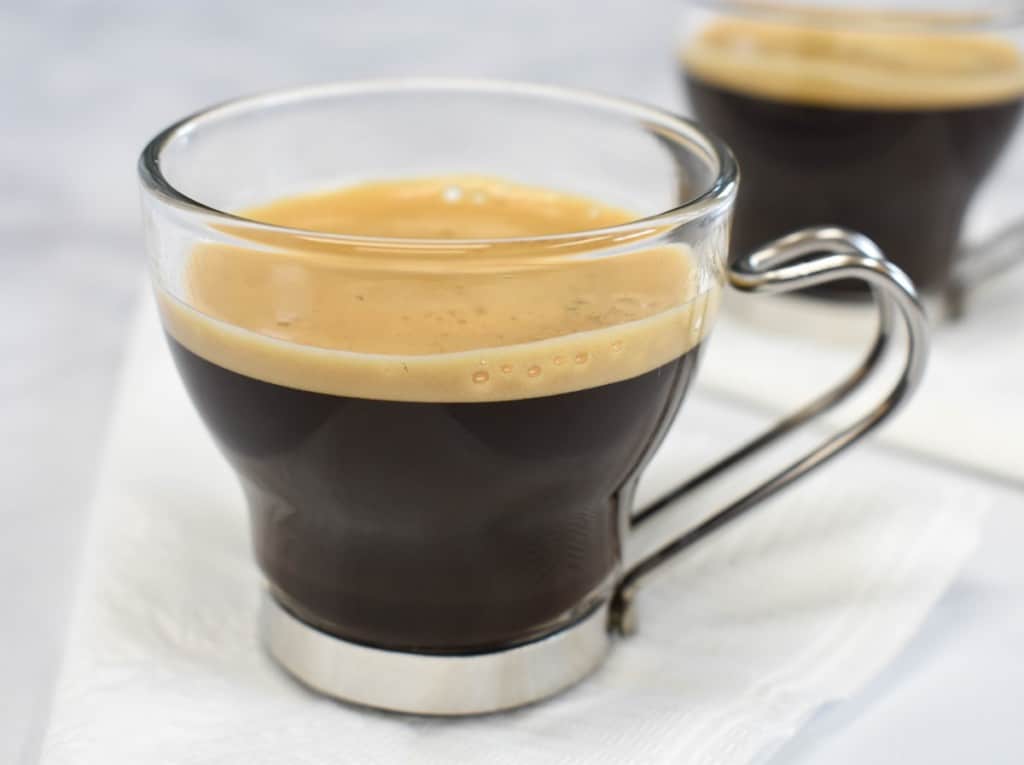Free Images cappuccino, drink, coffee cup, caffeine, flavor, turkish

Why Is Cuban Coffee So Good? Here's Why the Best Coffee Comes From Cuba
To make it, put the ¼ C of sugar in the bowl, and then add one tablespoon of the brewed coffee into the sugar. Beat the sugar and coffee mixture vigorously until you've incorporated enough air to produce a foamy syrup. If it feels too dry, add a few more drops of coffee at a time.

How to make an authentic cup of Cuban coffee that's both rich and sweet
If you think a regular cup of coffee's caffeine content is enough to boost your day, you've never tried Cuban coffee. Cuban coffee has way more caffeine; in fact, it has about five times as much caffeine as regular coffee! Cuban coffee has 199 milligrams of caffeine, while regular coffee only has 40 milligrams.

Betty Crapper Cuban Coffee
Robust and sweet, Cuban coffee requires just two ingredients—espresso and sugar—and a little arm strength for whisking up the espuma (coffee-sugar foam).. so it has the same amount of caffeine as a strong cup of black coffee (50 or more milligrams per 1/2 cup serving, depending on the beans, roast, and coffee maker).

Why Does Too Much Caffeine Keep You Awake at Night? Britannica
Once done, pour the coffee into the cup with the espuma, giving it a gentle stir to meld the two together. Serving and Enjoying: Pour your masterpiece into small cups, letting the rich aroma fill the air. Traditional Cuban coffee is enjoyed in small servings, akin to espresso shots.

Cuban espresso Wikipedia
Regular Brewed Coffee (8 oz) 70-100. Regular Espresso (8 oz) 120-160. Caffeine content of espresso vs cuban coffee vs drip coffee. Factor in the bean type, roast, and brewing method, and the caffeine content can swing a bit. But generally, whether it's a shot or a full cup, Cuban coffee and espresso share a similar caffeine buzz.

Cuban Coffee How to Make
Caffeine is a naturally occurring plant compound that's best known as an ingredient in coffee, tea, soda, energy drinks and foods like chocolate. Caffeine is extracted from green coffee beans, tea leaves, cacao beans, cola nuts and guarana berries and can be produced chemically to be used as an ingredient in medications and supplements.

Free Images drink, cortado, cafe au lait, food, Espressino, ristretto
Fill your espresso maker with water and ground espresso according to manufacturer's directions. Place on the stove at medium-high heat and brew the espresso. In a measuring cup or creamer cup, add the sugar. Add the first few drops of espresso from the espresso maker into the cup of sugar.

Café Cubano (Cuban Coffee) Dixie Crystals
Café con leche, or "coffee with milk", is an espresso served alongside a cup of hot or steamed milk. Traditionally served separate from the coffee, the espresso is poured to the desired darkness into the cup of hot milk and then stirred. It is the traditional Cuban breakfast beverage, served with slices of buttered, toasted cuban bread.

Cuban Espresso Coffee Cup Tea, PNG, 1000x1000px, Cuban Espresso
Cuban coffee is prepared in the same pressure process as espresso, but with brown sugar added to the grinds. A single serving or shot of Cuban coffee, therefore, should have between 40 and 50 mg per shot. You can also have a double Cuban which is the equivalent of two shots, which will have between 80 mg and 100 mg of caffeine per serving.

How many calories in Cuban Coffee. 16ounce cup has about 130 calories
Cuban coffee, also known as "cafecito" or "café cubano," is a strong espresso-style coffee that is brewed with dark roast coffee beans. It is a staple in Cuban culture and is often served in small cups with a side of sugar. The traditional way to make Cuban coffee involves using a stovetop espresso maker called a "cafetera.".

How to make Cuban coffee. No need for a fancy espresso machine. Coffee
Fill the moka pot's filter basket with finely ground espresso coffee (Cuban coffee). Tap the sides of the basket gently to even out the coffee grounds and create a consistent layer, than pack it slightly just to level it out. You don't pack it like an espresso portafilter, just a gentle leveling. 3. Assemble the mok pot.

Brewing Cuban Coffee 5 Steps (with Pictures) Instructables
The answer to this question depends on your definition of stronger.Cuban espresso (also known as cafecito) packs more caffeine in each serving compared to drip coffees brewed using regular ground coffee.Cubano espresso beans are finely ground and tightly packed into traditional espresso machines where pressure-forced steam is then used to brew a concentrated shot of espresso in just 25-30 seconds.

Cuban Coffee History is Just as Long and Rich as the Drink Keys
One of the most renowned Cuban coffee brands is La Llave. Established in 1870, La Llave has been crafting high-quality coffee for over a century. Their coffee is made from 100% Arabica beans, carefully selected and expertly roasted to perfection. The result is a rich and full-bodied cup of coffee that captures the essence of Cuban coffee culture.

Cuban Coffee (Café Cubano) Cook2eatwell
Cuban coffee vs. espresso. Espresso has more caffeine than Cuban coffee per fluid ounce. As one of the strongest brewing methods, espresso has from 50 to 70 mg of caffeine per shot. One shot of espresso is usually around 1.5 ounces. Cuban coffee can have around 75 mg of caffeine in much larger quantities (3 to 6 ounces).

Cuban Coffee Brewing Guide (Cafe Cubano) Coffee Sesh
Cuban Coffee Has More Caffeine Than Other Coffees. Cuban coffee has significantly more caffeine than other coffees besides espresso. According to the U.S. Department of Agriculture, Cuban coffee has around 200mg of caffeine in every 100g of coffee. By comparison, regular coffee has 40mg of caffeine in the same amount of coffee.

1000+ images about Cuban coffee on Pinterest
What is Cuban Coffee Made of? Cuban coffee is made of dark roast espresso and sugar (usually natural brown sugar) whipped with the most potent coffee drops. Coffee wasn't grown in Cuba until the mid-1700s. At the time, the Haitian Revolution was taking place, sending French coffee growers to Cuba, seeking refuge from the turmoil.